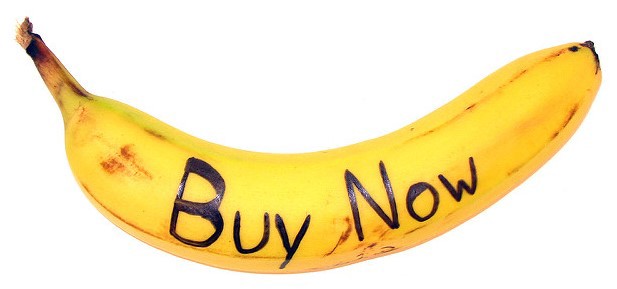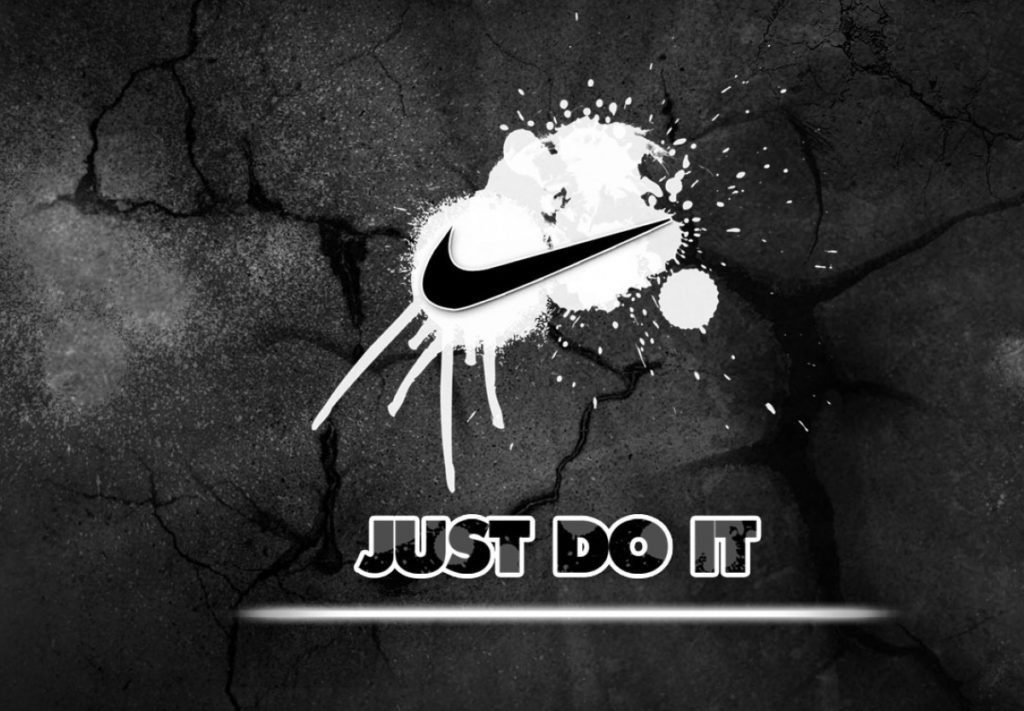I borrowed the title from something that business analyst Ben Thompson wrote about Dropbox in 2009. In that essay he said:
“[O]nce you’ve developed a product that meets your needs — and many products start out this way — how do you market it to a population that is not like you at all? […] And so it goes for all too many tech companies. Amazing technology is followed by lots of funding and backslapping in Silicon Valley, and far too few ‘normals’ from the rest of world.”
This phenomenon worries me. In fact, it’s the whole reason why I wrote Product Communication Basics — bootstrapping is particularly difficult because people who excel at building software don’t necessarily excel at marketing. Getting all those skills united in one or two people is difficult.
You build something cool. It solves your problem. You think it’ll solve other people’s problems too. But how do you communicate that? How do you convince them that you’re trustworthy and that you’ll deliver the value they need? Will they feel comfortable with the level of ongoing support that you’re able to offer, compared to larger competitors?
From the potential user’s perspective, buying from a small bootstrapping company is risky, especially if they’re going to rely on you for business-critical tools. I think the answer to this problem is bringing passion to the table, and explaining that your success hinges on their success. You have to take your users’ needs seriously, or you’re out of a job…
User lgray pointed out on Barnacles:
“This doesn’t really jive with how my business has come to be. For me, the hard part was finding the right problem to solve. I wanted a problem that:
- Was clearly a problem.
- Didn’t have any satisfying solutions yet.
- Interfered with people’s businesses.
First point made the marketing really easy — all I had to do was tell people I had a solution to their problem. I didn’t need to convince anyone that they had a problem they didn’t see. Second one meant I didn’t have to convince anyone to change products. And the third one meant that people would be willing to pay money, since it was in an environment where money was changing hands.
Not that there’s anything wrong with starting a business in a situation unlike the one I’ve outlined. Just thought I’d point out that the problems raised in the OP aren’t always problems.”

